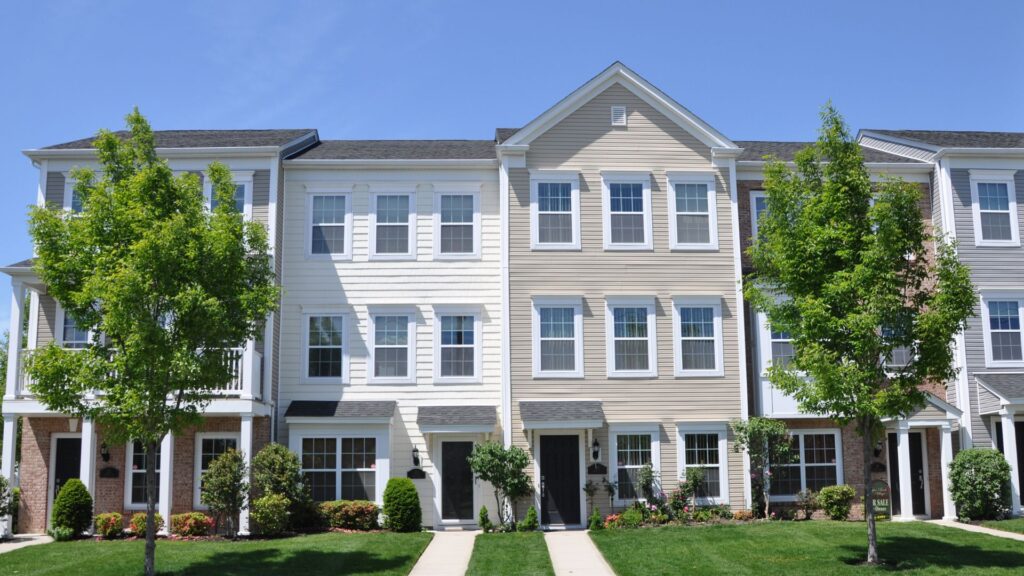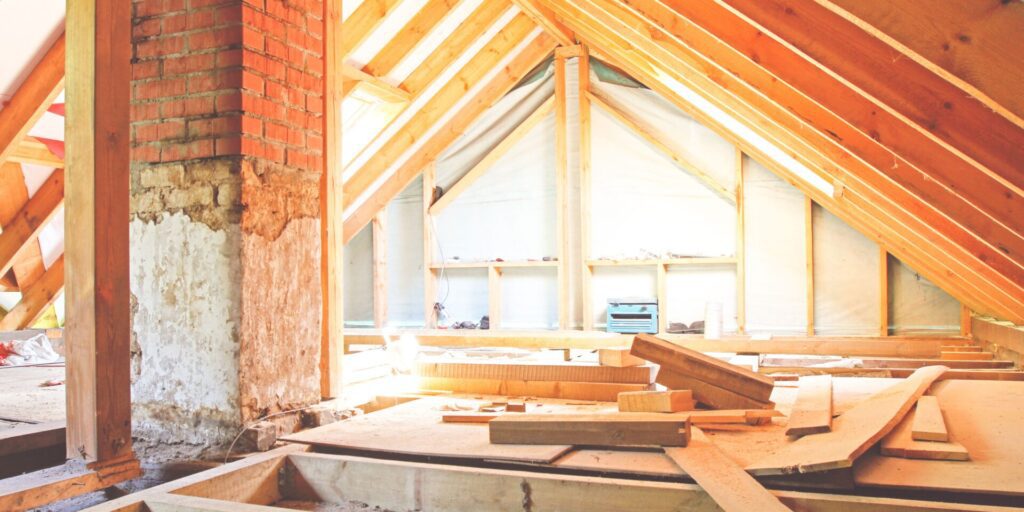Section 1245 and 1250: Understanding Depreciation Recapture fo...
Navigating the complexities of tax law in real estate can be challenging, even for experienced in...

The Department of Energy’s Zero Energy Ready Homes (ZERH) program provides a certification for homes that meet some of the highest standards in energy efficiency, water conservation, and indoor air quality. Since the passing of the Inflation Reduction Act, homes with ZERH certifications are eligible for a tax credit up to $5,000 per unit, in addition to local rebates and incentives. Though it may seem tricky, meeting Zero Energy Ready Homes requirements is attainable and cost effective for any builder or developer. In this article we’ll go over the program’s details to help achieve these energy efficiency standards for any project. If you have any questions for our experts, schedule a call!
Zero Energy Ready Homes, often known as ZERH, is an amalgam of Energy Star Homes, Indoor AirPlus and Water Sense programs, with a solar PV-ready component. For homes permitted on or after January 2024, there is a heat pump and heat pump water heater ready component in addition to a 2021 IECC (International Energy Conservation Code) UA (U-factor by Area) modeling requirement. While there are several moving parts, most builders and developers are already complying with many of the different program requirements. The following dive into the individual components of ZERH will help builders better understand how to comply with the program.
A great place to start is getting a grasp of Energy Star homes and learning how to meet its requirements. ZERH builds on Energy Star with even lower Energy Rating Index requirements, but still uses the same prescriptive checklist. If a builder is already meeting Energy Star standards, ZERH is just a few more steps for certification.
Indoor AirPlus is an EPA program requiring builders to meet certain details that ensure healthy Indoor Air Quality (IAQ). Many aspects of requirements are actions builders already take to meet existing code requirements, like building with radon resistant features in EPA Radon Zone 1 areas. Other aspects of the program are common sense, like installing wire mesh or a barrier over vents to the outside to prevent animal intrusion.
One aspect that may seem difficult is that all paints, stains, composite woods, and carpets must be low or no VOC (Volatile Organic Compound) products. However, most products on the market today already meet these requirements. For example, almost all OSB and wood sheathing is APA-certified which constitutes low-VOC. Another example is Sherwood Williams paint, all their products are low to no VOC. Indoor AirPlus may seem daunting at first, but it just takes a little extra attention to meet its requirements.
Zero Energy Ready Homes is not just focused on energy efficiency, it also has requirements around water heating efficiency. There are three ways to show compliance with the water heating efficiency requirements: efficient water heater and fixtures, efficient hot water delivery, or getting the home WaterSense certified.
To meet the efficient hot water heater and fixtures requirements, the water heater itself must hit certain efficiencies to be compliant. All shower heads and bathroom sinks must also be WaterSense labeled. Another way to meet ZERH’s Efficient water heating requirements is to design an efficient delivery system. This requirement is met by limiting how much water is in the delivery pipes at any given time, generally by using recirculation pumps. The design is verified in the field through test to confirm its efficiency. The third option is to get the home WaterSense certified. WaterSense, like Energy Star is an EPA program with its own checklist and certification protocols.

Zero Energy Ready Homes are meant to be just that, the home is ready to become net-zero with the addition of a renewable energy source. While a builder is not required to install solar panels on a building, wiring needs to be in place for a future connection. Some of the requirements include that the building has 1” conduits running to the roof and space for a dual 70-amp breaker on the electrical panel. While those are the only physical requirements, plans should call out where hypothetical solar panels and the inverter would go. Depending site location of the building, there are some exceptions to this requirement.
As of 2024, all ZERH certified homes must be heat pump and heat pump hot water ready. This means creating a circuit from the electric panel to within 3 feet of the existing fossil fuel burning HVAC appliance to accommodate a future heat pump installation. This goes for the hot water heater as well. Heat pumps expenses for both heating and hot water have reduced dramatically in recent years and plenty of incentives exist to make them extremely cost competitive to install. Once the circuit is installed it may make more financial sense to install an air source heat pump instead of a fossil fuel burning furnace.
Lastly, ZERH homes in 2024 now must meet 2021 IECC UA compliance requirements. Every three years a new conservation code is released and tends to be about 10% more energy efficient than the previous iteration of the code. There are usually several ways to show compliance with the code including a prescriptive, performance and UA compliance.
Prescriptive compliance means you installed, at minimum, equally efficient materials as mandated in the code, while the UA compliance has the total efficiency of the home equal to or greater than the efficiency of a home built to the prescriptive requirements. Therefore a builder could potentially use windows that are less efficient than what is prescribed in the code if they added more insulation to the attic. This UA compliance requirement is meant to guarantee that the building meets at minimum the same efficiency standards as 2021 IECC code.
There are several significant pieces to achieving a Zero Energy Ready Home. While not overly difficult, it can seem complex to undertake. However the benefit of achieving the ZERH certification cannot be overlooked. Not only do these highly efficient builds often sell and lease for increased value compared to their regular counterparts, there are many incentives, grants and credits available to support the effort. More and more communities are adopting these programs as a requirement, so learning the programs and practices will only make you more competitive in the space.
These energy efficient building program will be more and more common as we move into this century of home building and credits like the 45L with up to $5,000 per unit being available, help support the effort. Leyton has professional engineers and industry experts that can work alongside you to help achieve these certifications and capture all the available incentives. Connect with Leyton today to discuss how we can help guide your builds to compliance with the programs while also maximizing the benefit to your bottom line.
Explore our latest insights
See more arrow_forward
Navigating the complexities of tax law in real estate can be challenging, even for experienced in...

The South Carolina Supreme Court recently invalidated a sales tax statute under the Commerce Clau...

In Uline, Inc. v. Commissioner (Minn., No. A23-1561, 2024), the court determined the market resea...

On August 8, 2024, the IRS provided an update on the status of Employee Retention Tax Credit (“ER...